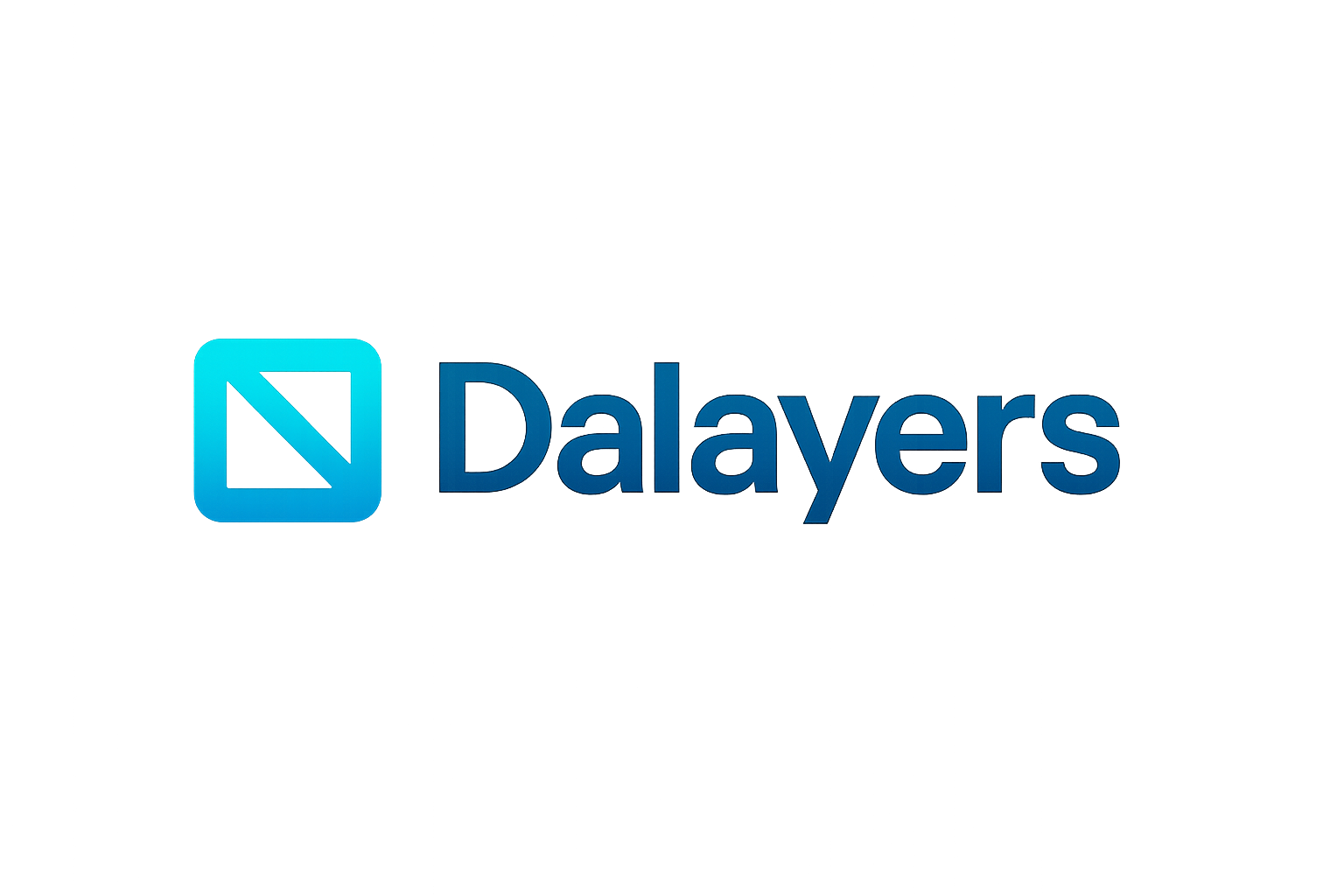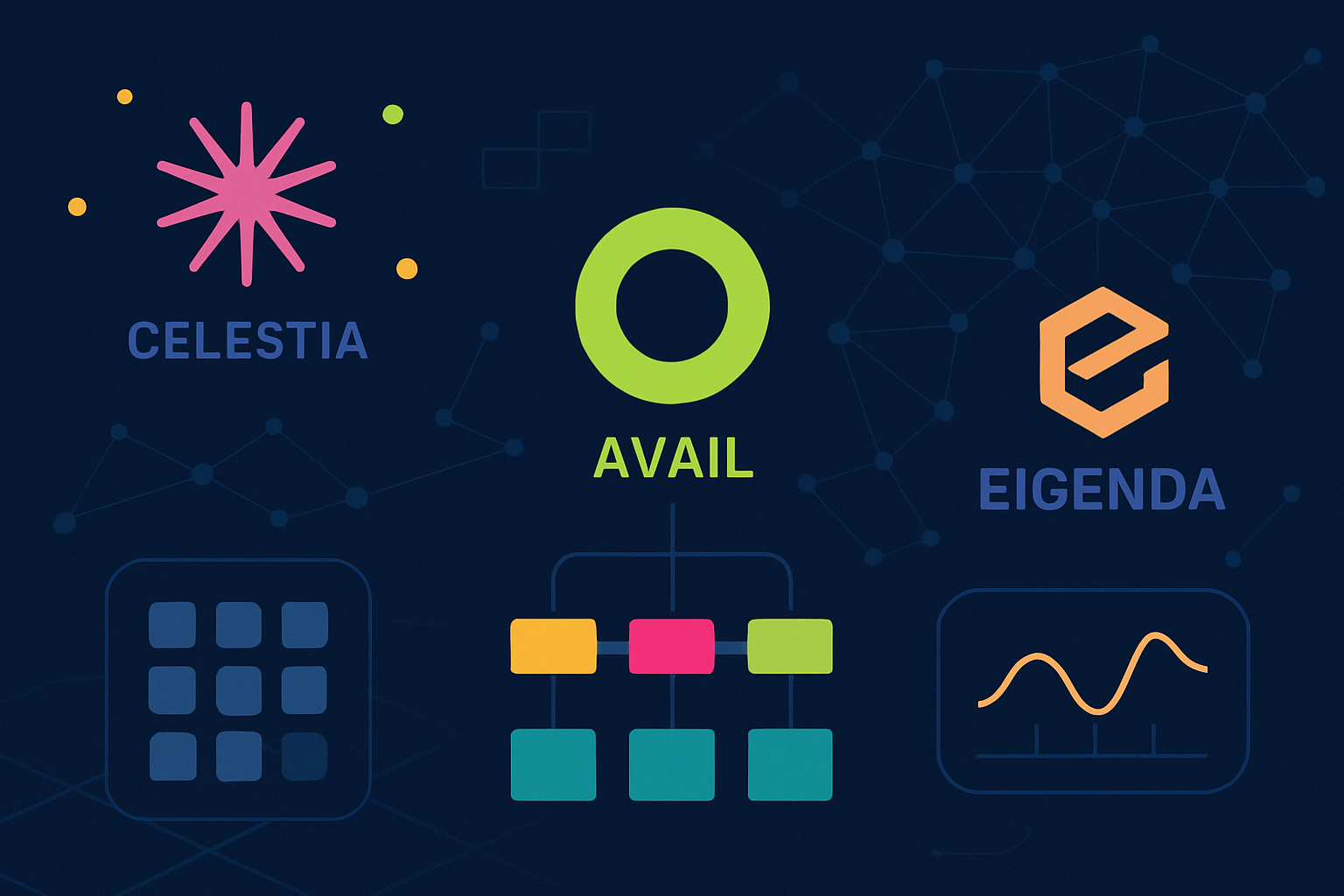
For years, the promise of rollups as Ethereum’s scaling solution has been held back by a stubborn bottleneck: data availability costs. Transaction fees on popular rollups like Arbitrum One have regularly hovered around $0.15 per transaction, with daily DA expenses reaching a staggering $112,000. In fact, as much as 90% of a rollup user’s cost can be attributed to posting data to Ethereum Layer 1. The result? A paradox where scalability tech exists but mainstream adoption remains out of reach due to persistent fee pressure.
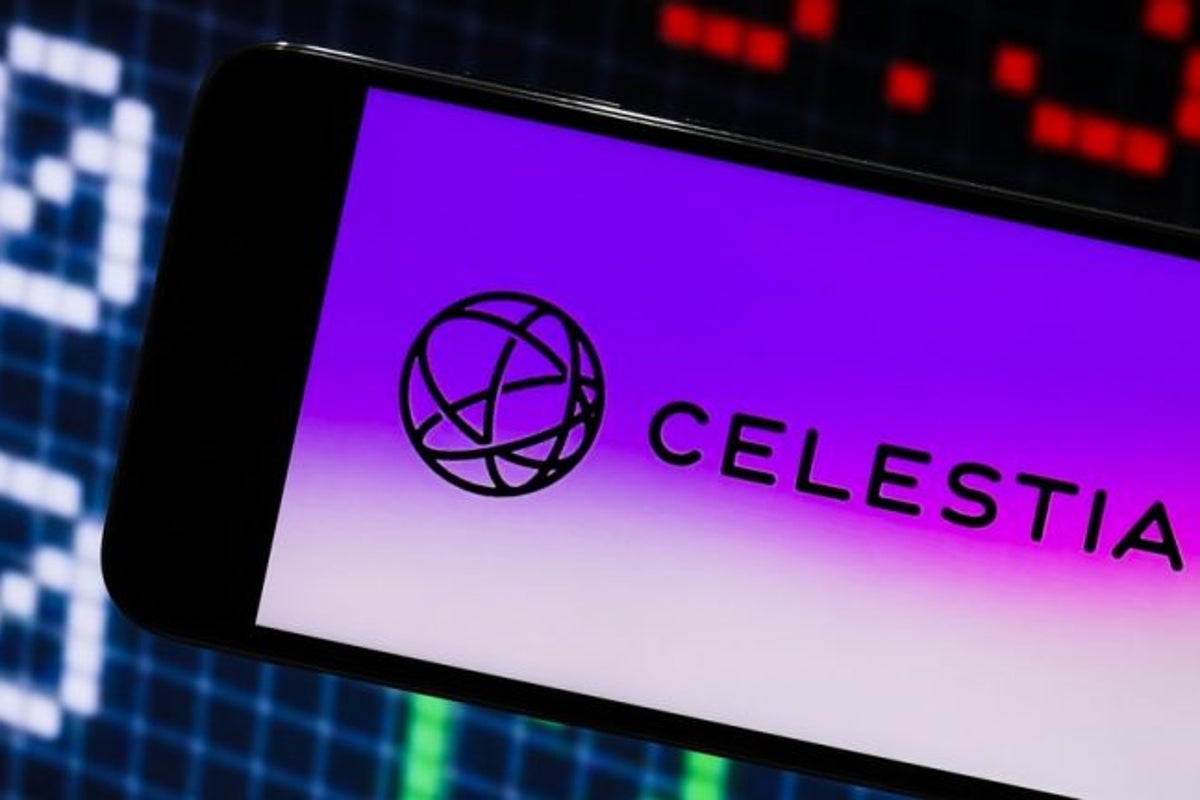
This is where the rise of modular data availability (DA) layers has fundamentally shifted the landscape. By decoupling data availability from execution and consensus, platforms like Celestia, Avail, and EigenDA are slashing costs for rollups, sometimes by up to 99%: and enabling new forms of blockchain interoperability and efficiency. But how do these solutions actually work? And what makes each one unique in the race to power tomorrow’s modular blockchain stack?
The Modular DA Revolution: Why Rollup Fees Are Plummeting
The core insight behind modular DA layers is simple yet profound: instead of forcing every transaction’s data through a congested Layer 1 like Ethereum, let specialized networks handle just the data availability problem. Rollups can then post their compressed transaction data to these purpose-built DA layers at a fraction of the cost.
This isn’t just theory. Projects integrating Celestia report nearly 99% savings on DA costs compared to Ethereum L1. The impact ripples outward, lower fees make appchains viable, unlock new business models for dApps, and drive more users into Web3 ecosystems.
“Modular blockchains are unbundling consensus, execution, and data layers, letting each specialize and scale independently. Data availability is at the heart of this revolution. “
Celestia: Pioneering Data Availability Sampling for Scalable Rollups
Celestia leads the charge with its radically simple vision: separate execution from data availability entirely. Instead of executing transactions itself, Celestia provides a decentralized ledger where rollups post their transaction batches. Its secret sauce? Data Availability Sampling (DAS) and Namespaced Merkle Trees (NMTs).
- DAS: Allows lightweight nodes to verify that block data is available without downloading it all, enabling massive scalability without compromising trust-minimization.
- NMTs: Enable efficient proofs about which rollup owns which part of a block’s data, critical for supporting thousands of independent appchains or L2s on one DA layer.
The results are dramatic: projects such as Manta have demonstrated near-99% reductions in DA costs by switching from Ethereum L1 to Celestia. This is not just incremental progress, it’s an order-of-magnitude leap that redefines what’s possible for modular blockchain architecture.
Avail: Interoperable Data Availability with Cross-Ecosystem Ambitions
Avail, spun out from Polygon’s research team, takes a slightly different tack by focusing on interoperability across diverse blockchain ecosystems. Its technical foundation rests on erasure coding, which ensures that even if parts of posted data go missing or are withheld by malicious actors, light clients can still reconstruct the full dataset through sampling.
- KZG Commitments: These cryptographic commitments allow fast verification that posted blobs are complete and untampered with.
- Nexus Layer: Avail’s interoperability hub enables seamless cross-chain messaging between rollups and appchains, even those outside the Polygon ecosystem, without relying on centralized bridges.
- Multi-token staking: Validators secure Avail using multiple tokens rather than relying solely on one chain’s native asset, a move designed to increase resilience against economic attacks as adoption scales.
The upshot? Avail positions itself not just as an efficient DA layer but as connective tissue for the fragmented world of modular blockchains, a crucial role as more ecosystems embrace appchain scalability strategies over monolithic chains.
EigenDA: Restaking and Ethereum-Aligned Security for DA
While Celestia and Avail carve out new ground in modular data availability, EigenDA leverages Ethereum’s existing validator set to offer a unique blend of security and efficiency. By utilizing restaking, EigenDA allows Ethereum validators to opt in and secure its DA layer, earning additional rewards from rollups and DA users without requiring new capital. This approach directly aligns EigenDA’s security with Ethereum’s decentralized trust assumptions.
- Restaking Model: Validators who have already staked ETH can participate in securing EigenDA, reducing the cost of network security while maintaining robust decentralization.
- Blobs and Throughput: EigenDA is engineered for high-throughput blob storage, making it attractive for rollups that need to post large volumes of data quickly and cost-effectively.
- AVS Ecosystem: EigenLayer’s broader vision includes supporting a range of Actively Validated Services (AVSs) beyond just DA, positioning EigenDA as a foundational piece in a modular services stack for Web3.
The result is a DA solution that inherits Ethereum’s security guarantees while offering lower fees and higher throughput, an appealing proposition for rollup developers seeking both cost savings and battle-tested decentralization.
Comparing Celestia, Avail, and EigenDA: Who Wins the Modular DA Race?
The competitive landscape is dynamic. Each DA layer brings distinct strengths to the table, reflecting different philosophies about how best to scale modular blockchains:
Celestia vs. Avail vs. EigenDA: Modular DA Layers Compared
-
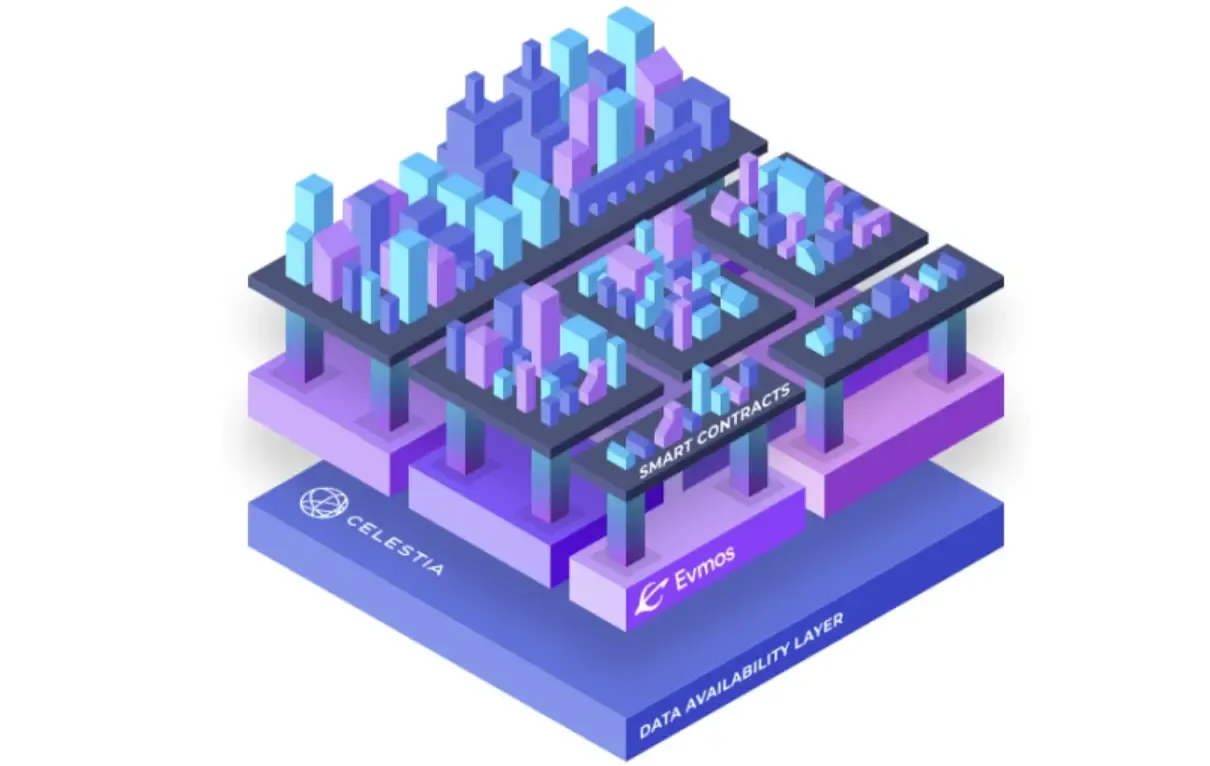
Celestia: Pioneering cost savings and scalability. Celestia leverages data availability sampling (DAS) and Namespaced Merkle Trees (NMTs) to allow light nodes to verify data efficiently, enabling projects like Manta to achieve up to 99% reduction in DA costs compared to Ethereum. Its modular design separates execution from data availability, making it a leader in cost efficiency and scalability.
-
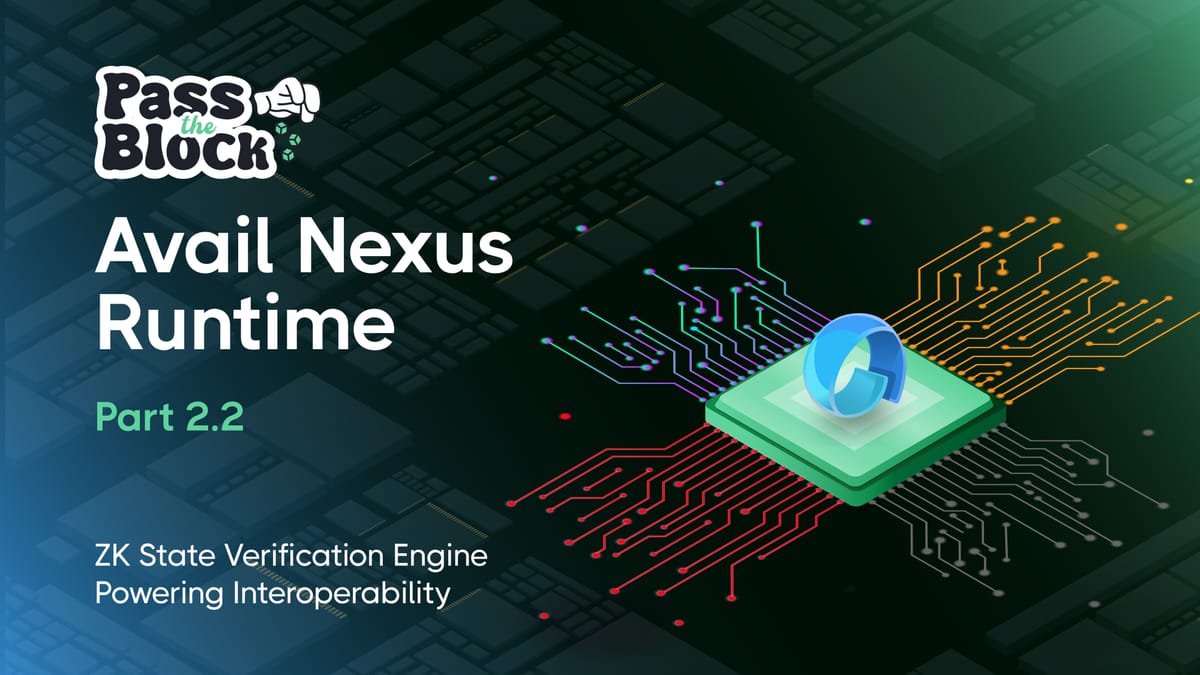
Avail: Championing interoperability and flexible staking. Originating from the Polygon ecosystem, Avail uses erasure coding and KZG commitments for robust data availability. Its Nexus interoperability layer enables seamless cross-chain communication, while a multi-token staking model allows diverse participation. Avail stands out for its focus on cross-ecosystem rollup integration and scalable verification.
-
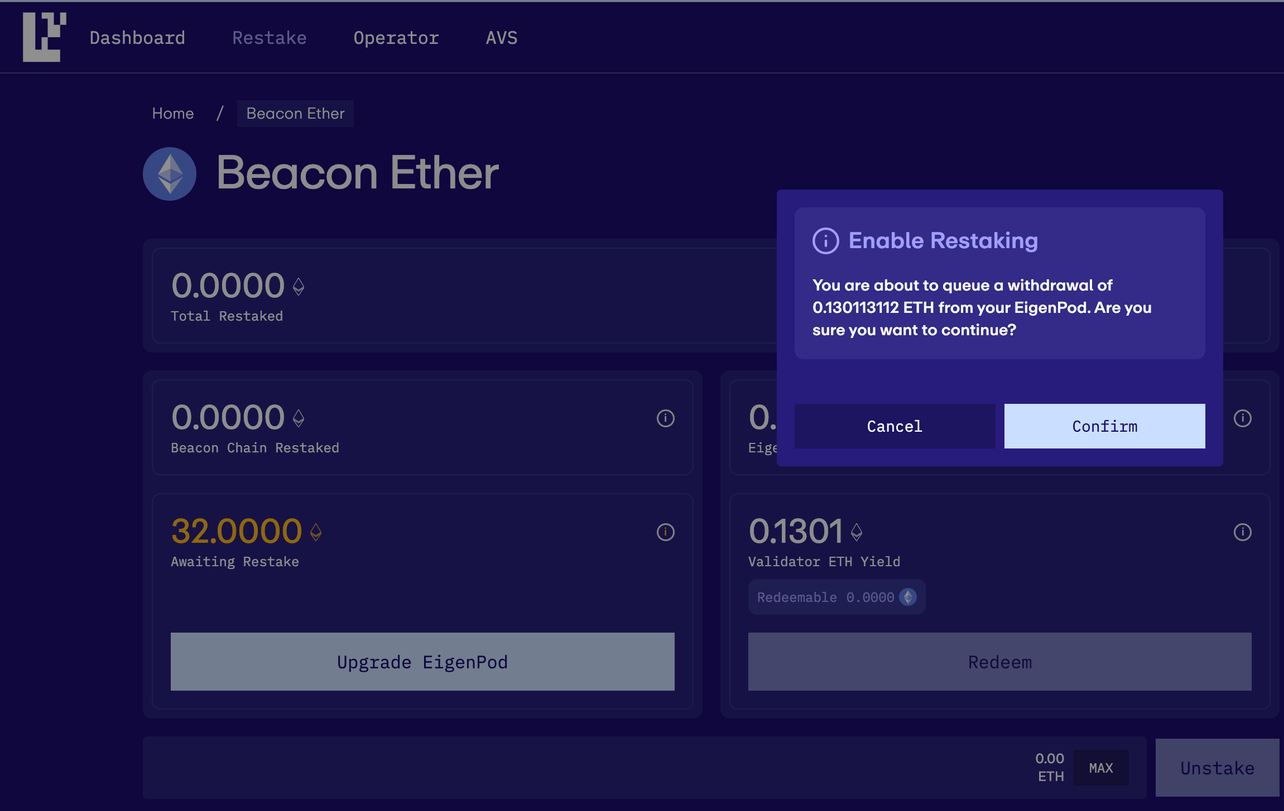
EigenDA: Ethereum-aligned security and restaking innovation. Built by EigenLayer, EigenDA leverages Ethereum’s validator set via restaking, reducing capital costs and inheriting Ethereum’s security. Validators earn rewards by securing EigenDA, creating a direct economic link to Ethereum’s trust model. EigenDA is notable for its robust security model and real-world adoption by Ethereum rollups.
Celestia is currently the most battle-tested at lowering rollup transaction costs, projects like Manta have reported nearly 99% savings compared to Ethereum L1. Its DAS technology unlocks lightweight verification at scale. Avail, meanwhile, is betting big on cross-chain interoperability through its Nexus layer and multi-token staking design. Its focus on resilience against economic attacks positions it as an emerging hub for appchain collaboration. EigenDA, by contrast, appeals to builders who want direct alignment with Ethereum’s validator set via restaking, providing a seamless bridge between L2 innovation and L1-grade security.
What This Means for Rollups, and the Future Modular Stack
The impact of these modular DA layers goes far beyond fee reduction. By offloading data availability from congested Layer 1s to specialized networks like Celestia, Avail, or EigenDA, rollups can finally deliver on their promise: ultra-low transaction costs ($0.15 per transaction on Arbitrum One as a legacy benchmark) become achievable targets rather than pipe dreams. This enables not only cheaper swaps or NFT mints but also entirely new categories of applications, from microtransactions to high-frequency DeFi, once considered unviable due to prohibitive costs.
The broader implication? The blockchain modular stack is fragmenting, but in a way that encourages specialization rather than silos. As more projects choose between Celestia’s sampling-driven scalability, Avail’s interoperable backbone, or EigenDA’s restaked security model, the ecosystem becomes richer and more resilient. The days of one-size-fits-all blockchains are ending; composable infrastructure is now king.
“The endgame isn’t about one winner, it’s about building an open marketplace where execution layers can pick the best-fit DA solution for their needs. “
If you’re building in this space or simply tracking the evolution of blockchain scalability strategies, take note: modular data availability isn’t just cutting fees, it’s redefining what blockchains can be. Explore further comparisons between these leading solutions at our deep-dive guide here.
